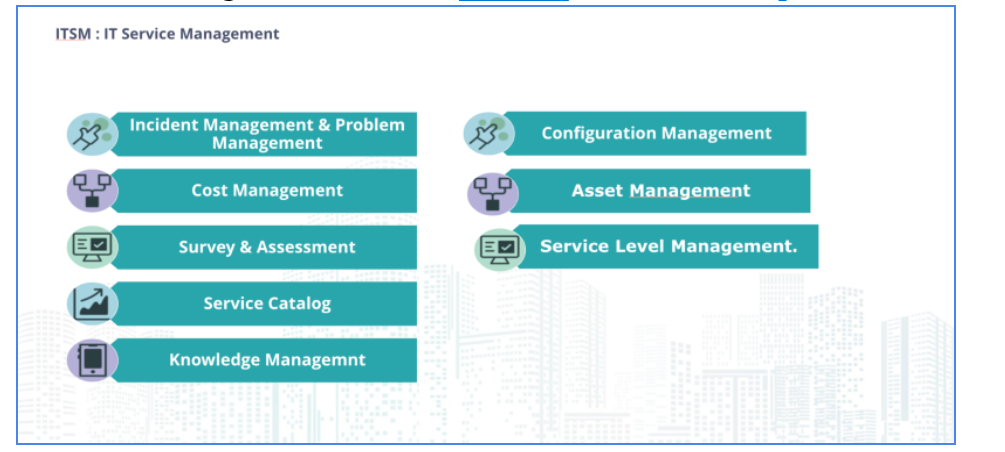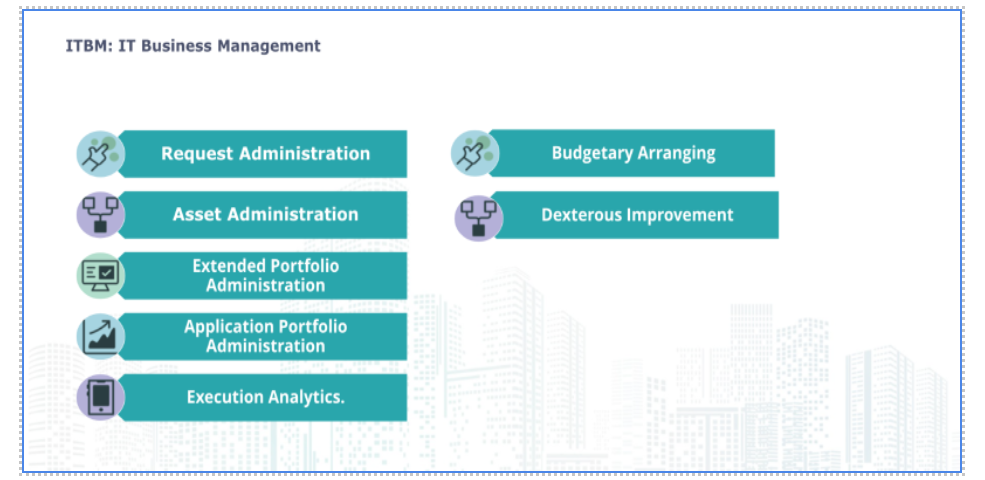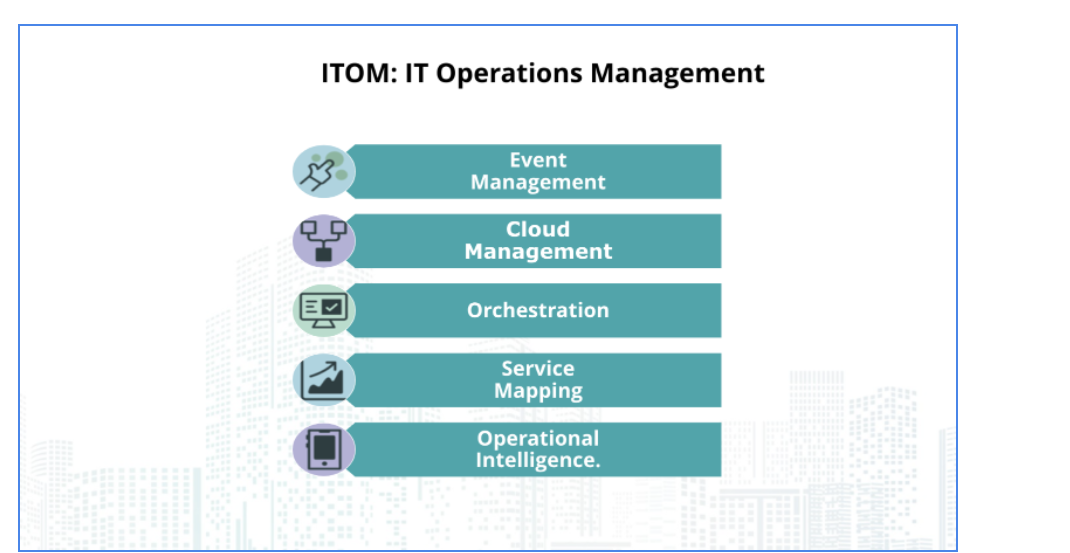Information Technology Infrastructure Library is one of the most popular service management platforms, and it is out with the new version - ITIL 4. The new version brings in several queries from different business organizations about what’s new and better.
This blog will help you clear your doubts about ITIL 4 update. What to expect in the update? What is the difference between ITIL 3 and 4? And how to put ITIL 4 principles into practice. It also provides an overview of the ITIL 4 guiding principles and reviews ITIL concepts and best practices.
Four Dimensions of Service Management in ITIL 4
ITIL 4 approaches service management and focuses on ‘end-to-end service management from demand to value. ITIL 4 is an enhanced or expanded version of ITIL V3(ITIL 2011) and is flexible to support organizations in their journey.
ITIL 4 depicts a working demonstration for conveying tech-enabled items and administrations. ITIL 4 shows a working demonstration for giving tech-enabled items and administrations.
ITIL 4 also reflects later patterns in program advancement and IT operations and incorporates exhortation on how to apply methods of insight such as Spry, DevOps, and Incline within benefits administration.
Final but not slightest, ITIL 4 makes a point of being “a system for benefits administration” (as restricted to “IT benefit administration”), reflecting the developing drift of applying benefit administration best hones within the space of venture and trade administrations.
Latest ITIL V4 Framework
ITIL 4 gives an adaptable establishment for organizations that ought to coordinate different systems and approaches into their benefits administration working models. ITIL 4 points to assist businesses in exploring the modern mechanical period of advanced administrations.
ITIL 4 consists of two key components
Four dimensions model
ITIL 4 characterizes four measurements that ought to be considered to guarantee an encompassing approach to benefit administration:
- Organizations and people
- Information and technology
- Partners and suppliers
- Value streams and processes.
These measurements are pertinent to the benefit esteem framework in common and particular administrations.
Service value system
The benefit esteem Framework (SVS) speaks to “how all the components and exercises of an organization work together to encourage esteem creation.”
- Guiding principles
- Governance
- Service value chain
- Continual improvement
ITIL V4 vs ITIL V3
The most significant distinction in ITIL 4 is its approach to IT Benefit Administration. ITIL 4 places accentuation on adaptability to changes within the trade and innovation, by joining Spry, DevOps, and Lean concepts with conventional ITIL best hones to create an ITSM system superior prepared to advance at the side of the industry.
Another significant alteration is the expansion of the Benefit Esteem Framework. The SVS shifts the center to esteem creation, from ITIL v3’s center on the administrations themselves.
The thinking for this alter is that by centering on esteem creation, IT Benefit Administration exercises will presently work in conjunction with other activities all through the commerce, advancing all-encompassing frameworks considering, breaking down silos, and empowering collaboration.
ITIL 4 upgrades and modernizes existing ITSM information, but it does hold numerous pertinent viewpoints of past ITIL forms. The table underneath summarizes a few eminent contrasts between the two forms.
The table underneath summarizes a few eminent contrasts between the two forms.
|
Framework Area |
ITIL v3 |
ITIL 4 |
|
Service Lifecycle to Service Value System |
Service Lifecycle: Five phase service-focused |
Service Value System (SVS) |
|
Processes to Practices |
26 forms assembled over the five ranges of the benefit lifecycle |
34 hones gathered beneath three categories (Common, Benefit, Specialized); incorporates numerous of the past 26 processes |
|
ITIL Guiding Principles to 7 Guiding Principles |
9 standards, to begin with, are presented in ITIL v3 (2011) beneath ITIL Specialist |
Condensed down to seven standards included within the Establishment level as a center element |
|
The 4 Ps to the 4 Dimensions |
The 4 Ps to the 4 Measurements The 4 Ps of Benefits Plan for the all-encompassing plan: Individuals, Accomplices, Items, Forms |
The 4 Dimensions of Service Management support a holistic approach to Benefits Administration Organizations & Individuals, Data & Innovation, Accomplices & Providers, Esteem Streams & Forms ITIL 4 – The longer term of IT Benefit Administration |
ITIL 4 – The future of IT Service Management
ITIL 4 – Long-term IT Service Administration Barring a few essential changes and the reorganization of substance, ITIL 4 isn’t a significant system redesign. Be that as it may, the philosophical alter from service-focused to value-focused may be a new critical perspective of ITIL 4.
Applying ITIL 4’s modern 7 Directing Standards in everyday choice making will help professionals move to a center of esteem. These improvements in ITIL 4 proceed to make strides in the ITSM system, making it more energetic and able to advance with future changes in innovation and commerce.
Standard Offering of SNOW includes ITSM ITBM ITOM



FOR MORE INFORMATION, REACH US AT Contact Us | Jade Global













